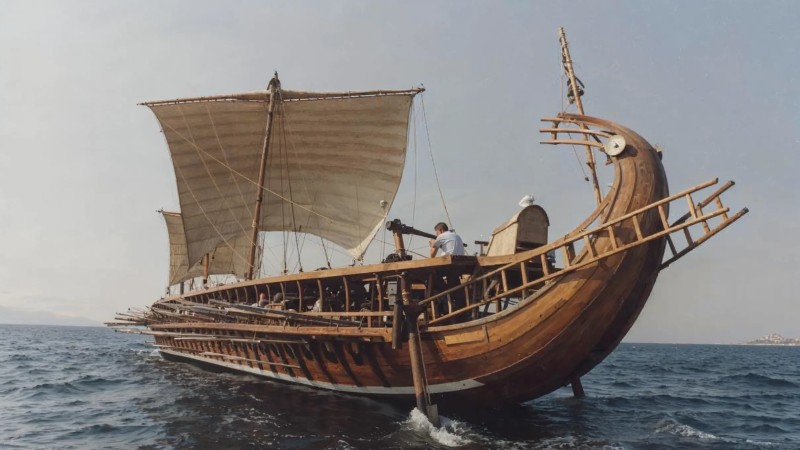The Ship of Theseus and the Stardust Within Us: A Journey Through Time and Atoms

“The nitrogen in our DNA, the calcium in our teeth, the iron in our blood, the carbon in our apple pies were made in the interiors of collapsing stars. We are made of starstuff.” — Carl Sagan
Have you ever wondered what makes you, you? Is it your memories, your experiences, or perhaps something more tangible like the very atoms that compose your body? Let’s embark on a thought-provoking journey that connects ancient philosophy with modern science, exploring how we are intrinsically linked to the universe.
The Ship of Theseus: An Ancient Paradox
The Ship of Theseus is a classic philosophical puzzle. Imagine a ship that has sailed for years, and over time, every single plank, sail, and nail has been replaced due to wear and tear. The question arises: is it still the same ship? This paradox challenges our notions of identity and continuity.
Our Bodies: Vessels of Constant Change
Now, let’s turn this paradox inward. Much like the ship, our bodies are in a state of perpetual renewal. The atoms that made up your body years ago have been replaced through natural processes. The cells in your skin, the lining of your stomach, even the very calcium in your bones — all have undergone transformation.
The Cosmic Origins of Our Atoms
The elements that constitute our bodies have a remarkable origin story. They were forged in the hearts of ancient stars, dispersed across the cosmos by stellar explosions. Over billions of years, these atoms found their way to forming planets, life, and eventually, us. We are, quite literally, made of stardust.
How Atom Replacement Occurs
Every day, we engage in activities that introduce new atoms into our bodies: eating, drinking, and breathing. The food we consume provides nutrients that rebuild cells, water hydrates and facilitates chemical reactions, and the air supplies oxygen crucial for energy production. Simultaneously, old atoms are expelled through exhalation, sweat, and waste. This dynamic exchange ensures that our bodies are continually renewing themselves.
Cellular Regeneration: The Cycle of Life
At the microscopic level, cells are dividing, dying, and being replaced. Skin cells regenerate approximately every few weeks, red blood cells every few months. This cellular turnover is essential for growth, healing, and maintaining bodily functions. It’s a biological dance that keeps us alive and functioning.
The Wear and Tear of Existence
Just as the Ship of Theseus faced storms and rough seas, our bodies endure stress, damage, and the effects of aging. Physical activities, environmental factors, and even emotional stress can cause cellular damage. The body responds by repairing or replacing these cells, highlighting the resilience and adaptability of life.
The Continuity of Self Amidst Change
Despite this constant physical change, we retain a sense of self. Our memories, consciousness, and personality provide a thread of continuity. This raises profound questions: If nearly every atom in our body changes over time, what anchors our identity? Is the essence of who we are tied to something beyond the physical?
Interconnectedness with the Universe
Our journey doesn’t end with introspection. Recognizing that we share the same fundamental building blocks as stars, plants, and all living creatures fosters a sense of unity with the cosmos. We are participants in a grand cycle, where atoms are endlessly recycled, and life perpetually renews itself.
Embracing Our Cosmic Heritage
The next time you gaze at the night sky, consider this: the atoms that sparkle in distant stars are the same that flow through your veins. Your existence is a testament to the universe’s history, and your atoms will continue their voyage long after your earthly journey concludes.
In the grand tapestry of existence, we are both the ship and the sea, ever-changing yet steadfast. Our atoms tell a story of ancient stars and endless cycles — a reminder that we are, and always have been, part of something much greater.


Leave a comment